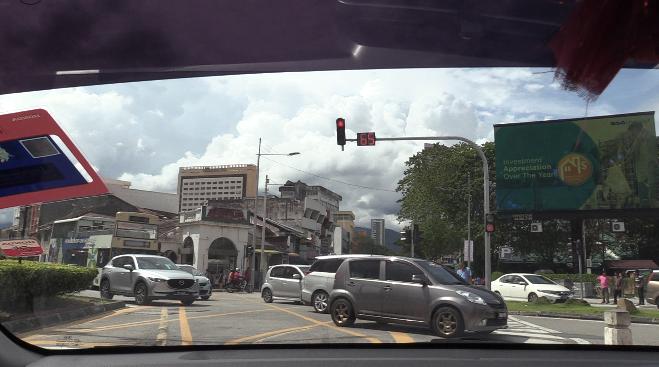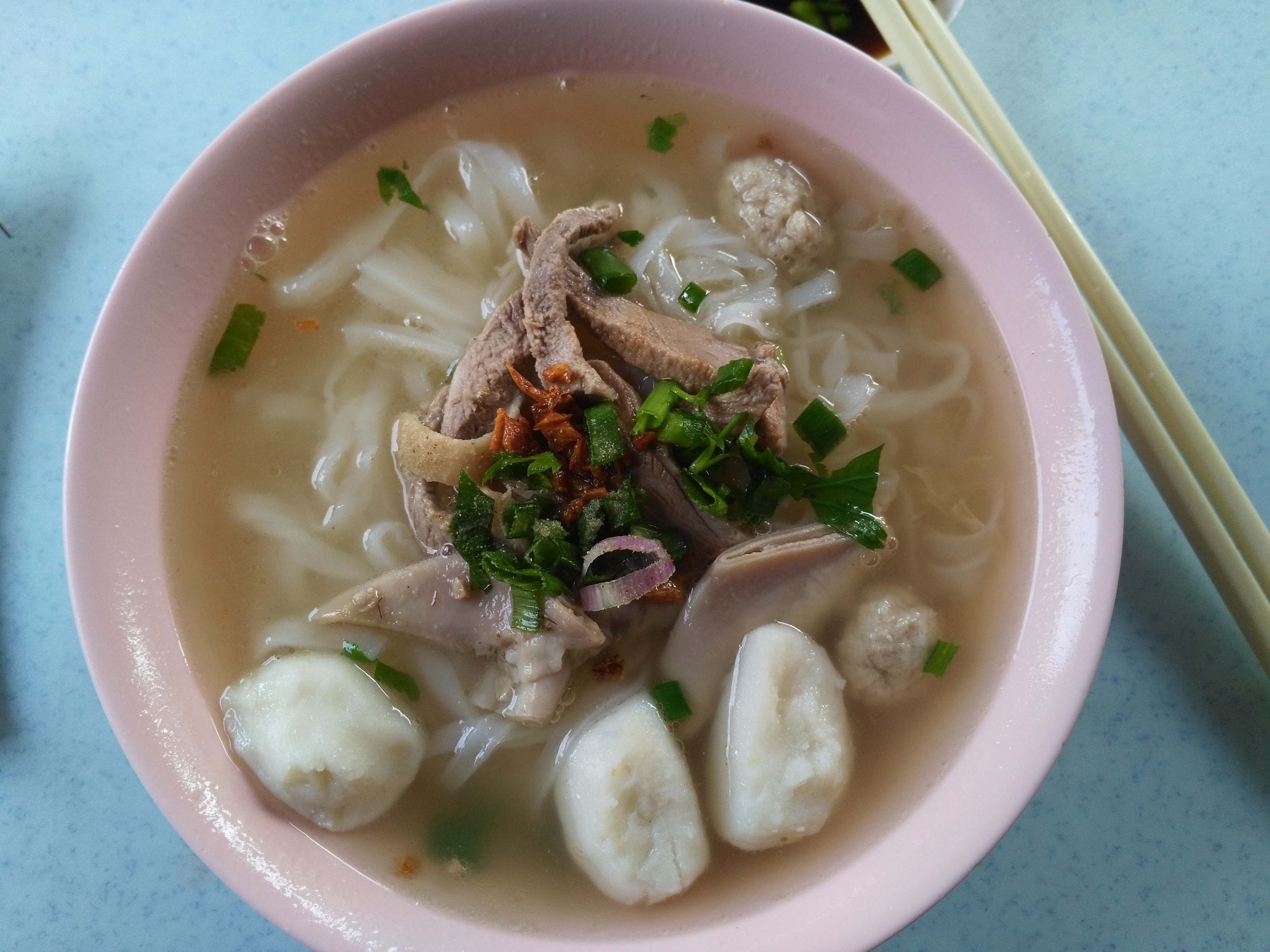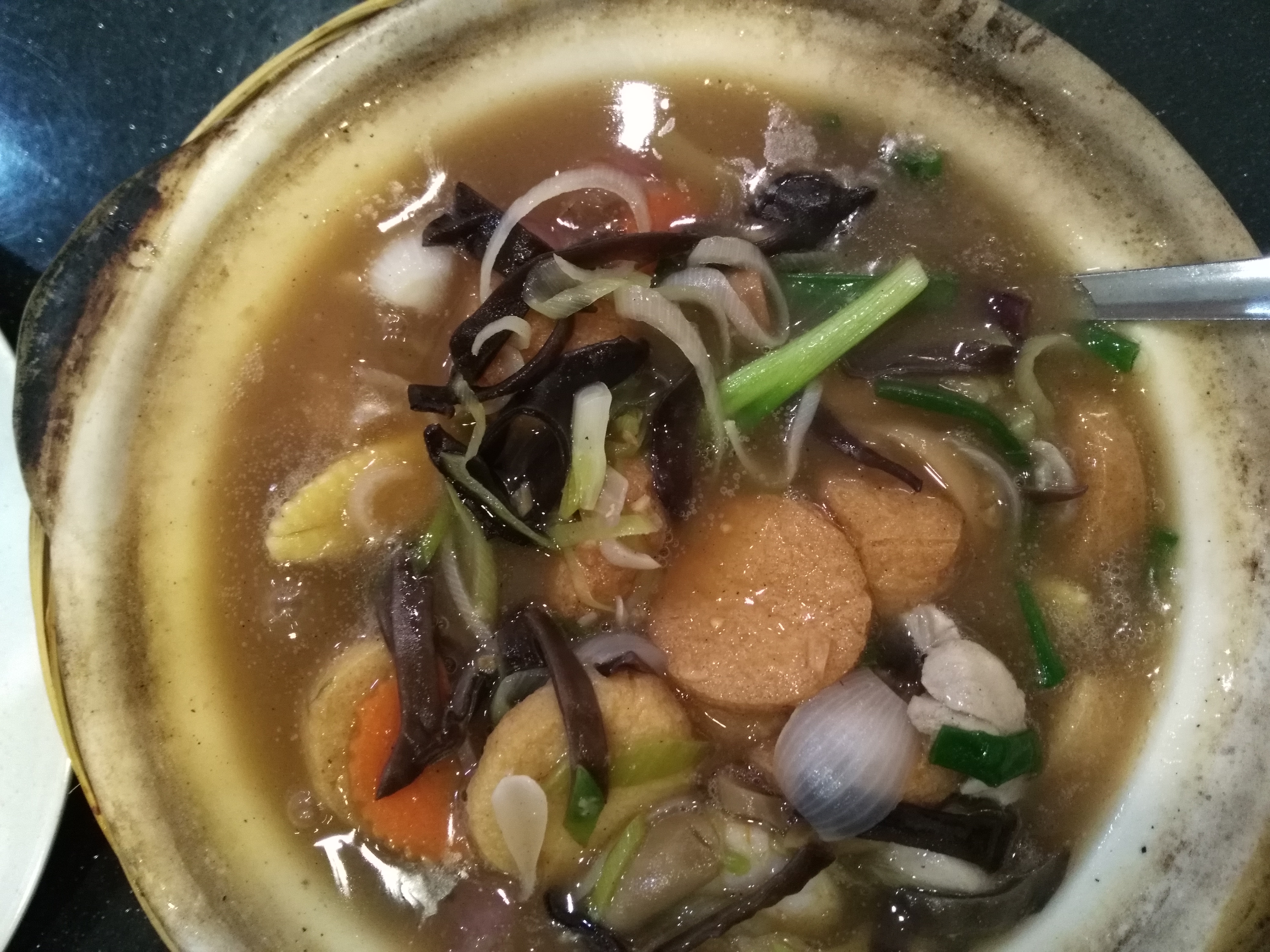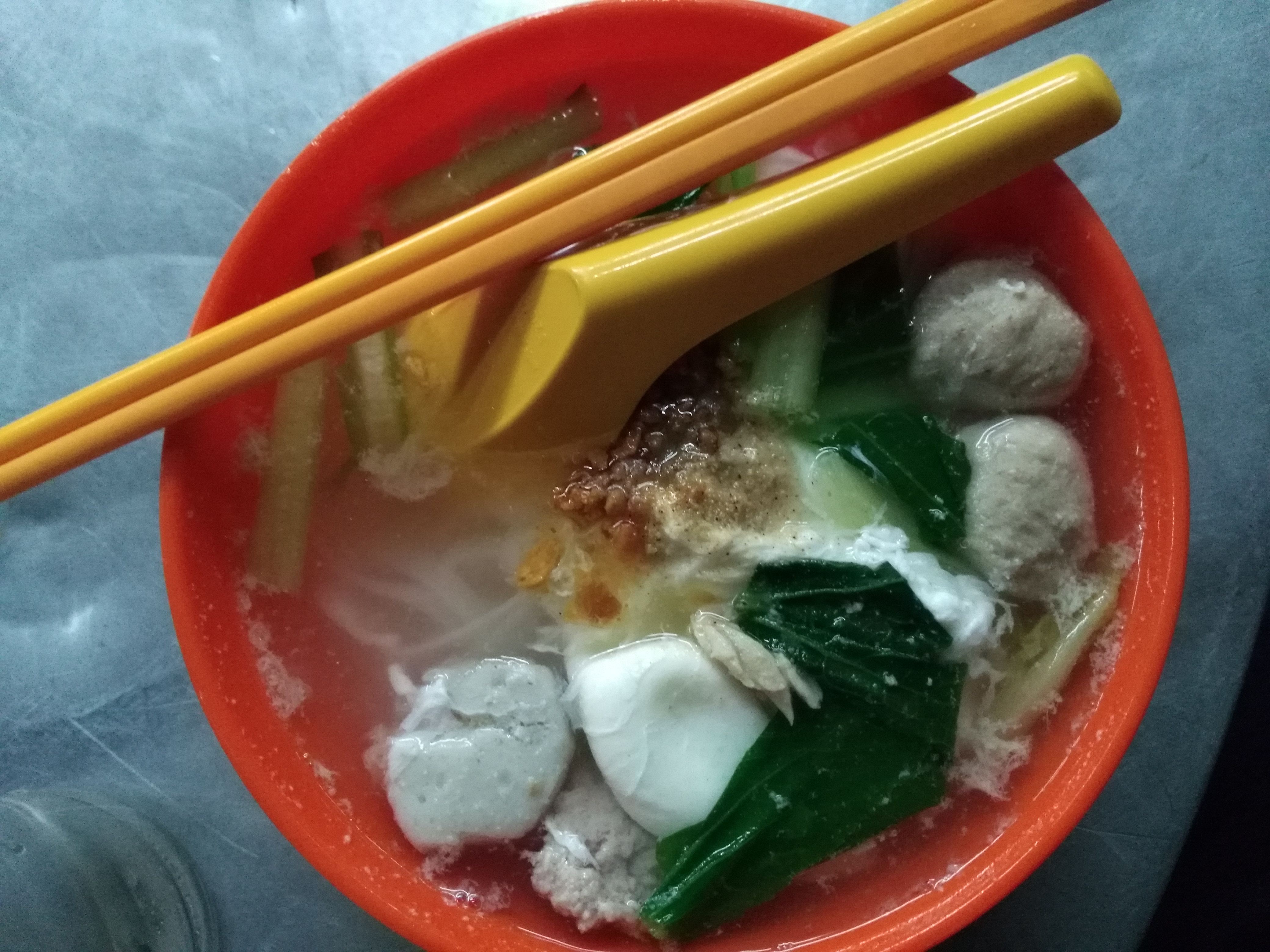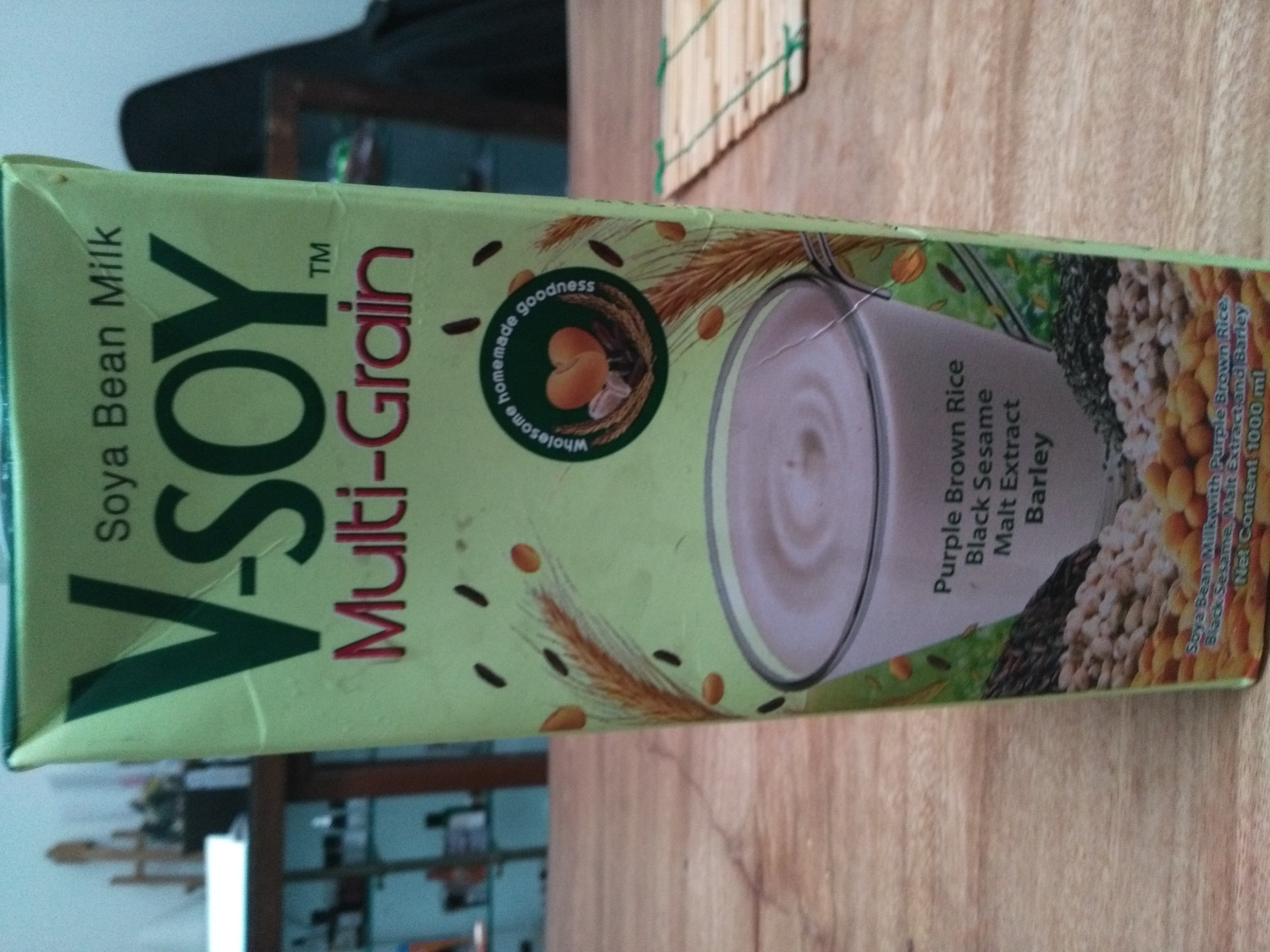Wrapping Up In Southeast Asia
10 Dec 2017
Reading time ~12 minutes
This week was a rather mild one in terms of the number of meetings I conducted with people and events I attended. I did however manage to take a second stab at presenting my Watson research at Universiti Sains Malaysia in Penang on the invitation of Mr. Kamal Sabran from last week’s blog post. Before confining myself to the drawing room of my hostel in Penang for three days straight in preparation for this talk, I managed to snag an interview with Shankar from Damn Dirty Apes (DDA) and Coma. Before introducing Shankar though, I thought I’d show you just a bit of the way of my escapade out of Southeast Asia, on my way to Bishkek, Kyrgyzstan.
Shankar
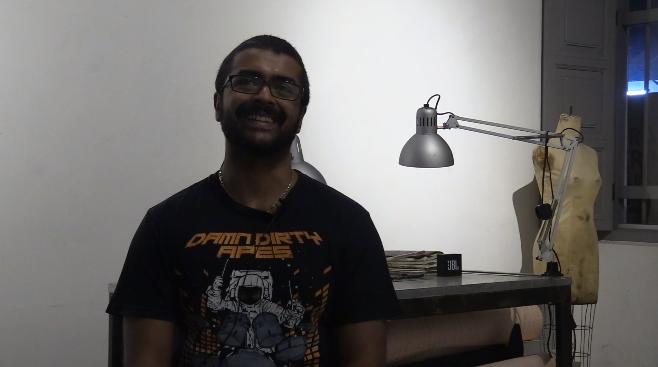
My interview with Shankar Laxminarayan of the bands Coma and Damn Dirty Apes was a privilege to truly cherish. My one and only informant of the week, Shankar is a Hindu, albeit, he conceded, not the most strictly observant one. Both of the bands he currently plays in (Coma and Damn Dirty Apes, aka. DDA) are noticeably diverse in terms of both race and religion. It seems to me that in Malaysia race and religion are often conflated in every speech and thinking even though it’s simply inaccurate and ignorant to do so, i.e. Malay = Muslim, Chinese = Buddhist (and to a lesser extent Christian and Taoist), and Indian = Hindu. In reality, we all know that there are Indian Muslims (they’re called mamaks), Malay Christians, Chinese Muslims, etc. Indeed, Coma and DDA, bands both comprised of a happy mixture of races/religions) are great examples of how religious and racial stereotypes do not always map onto life on the ground. It goes without saying that individual band members may and likely subconsciously draw from the soundworlds of their religious, ethnic, and/or racial heritages in their compositional work. However, members of Coma and DDA do not consciously fuse together “cultural music”. A counterpart, and a great one at that, to Shankar’s two bands is a band like Nadir that epitomizes cross cultural exhibition. I don’t mean to suggest that Nadir’s work isn’t original or innovative, far from it. I’m simply saying that while Santosh, vocalist and miscellaneous percussionist for Nadir of Indian heritage, and Ashwin (aka. Ash), drummer and bandleader of Nadir of Indian heritage, consciously infuse Indian inspired melodies, rhythms, and sub-structures into Nadir’s songs, Shankar of Coma and DDA simply plays a mean bassline for rock music despite belonging to equally religiously and racially diverse bands. Shankar told me that he loves Nadir’s stuff, and that Coma and DDA would fail horribly if they attempted to emulate them.
I couldn’t help but attempt to harvest what it was like for Shankar to play music in bands of Muslim majority makeups in a Muslim majority country whose department of Islamic development (Jakim), can sometimes be a bit much for those of us with secular consciences in today’s day and age. Going into the interview, it was already clear to me that religious conservatives with anti-music views generally exist in their isolated “holier than thou” bubbles, just as liberal Malaysian creatives get away with all sorts of debauchery on stage in their own creative bubbles and safe spaces. All of this is to say that I wasn’t expecting Shankar, simply by virtue of his minority status in the band and in Malaysia, to rant at all about feeling resentful towards majority rule politics during the course of our interview, because, as he confirmed for me, the inter-personal dynamics of Coma and DDA are just about as harmonious as they come among Malaysian multi-racial contexts. The way Shankar described the bonds his bandmates share gave me the impression that Coma and DDA were a microcosm of a utopian Malaysia with A+ race relations. He told me that he and his band members really enjoy and value getting to learn more about each other’s ethnic/racial heritages’ and religious commitments, although such interactions are almost always in the spur of the moment as opposed to formal affairs. Some of Shankar’s Muslim bandmates observe the five daily Islamic prayers, which usually does not pose an issue to the bands’ rehearsal schedules, because they mostly rehearse late at night, after the final Islamic daily prayer has already taken place. On occasion, Shankar finds himself in live concert situations during breaks for Islamic prayers such as maghrib (the 4th daily prayer in the evening), which he likes conceiving of as a general purpose time for spiritual activity and rest rather than complaining about the fact that such breaks are overtly in service of Muslim performers and audience members. Shankar enthusiastically welcomes such performance culture, because it forces people to be curious about and value diversity and difference. Out of pure respect for each other’s religious convictions, Coma and DDA do not schedule rehearsal times over especially important religious occasions such as Islamic Friday prayers and religious holidays such as Thaipusam and Chap Goh Meh among several others. Though I imagine Shankar doesn’t think twice about the respectful and accommodating culture of his band, I find it inspiring that bands such as Coma, DDA, and Nadir boast such pluralities of beliefs (not just religious ones) and yet are so functional and successful. I have a hard time imagining a couple of devout Muslims who pray five times a day, a Chinese Buddhist who often goes to temple, and a Hindu who prays every morning and night being perfectly functional in a post-rock band back in the United States, or any kind of band for that matter.
Of course, there is a limit to what is appreciable and tolerable. “If it’s negative, it’s negative,” Shankar told me midway through our interview. Shankar and his bandmates are by no means apologists for religion at large or specific religious precepts. Aside from occasionally opening Coma’s sets with Buddhist mantras which are meant to have a more general, non-denominational effect, Shankar rarely deals with overtly religious material in the bands he plays in. Pali Canon, Bible, Quran, and Veda thumpers aren’t exactly well loved in underground music circles in Malaysia according to Shankar. Most rockers, metalheads, and punks recognize and respect the religious diversity that bands bring to the table at live music venues. As such, most audience members don’t sign up for religious lessons at such venues. They leave it up to the nasyeed boy bands, church choirs, and temple singers to bring it home spiritually for individual congregations in their own respective spaces. At live music spaces where rockers, metalheads, and punks congregate, personal religious and political convictions mostly dissolve into a lovely wash of sonic distortion and moshing. It seems to me that Malaysia and Earth on a whole needs a bit more of this.
USM Talk

The presentation I gave this past Thursday on my Watson research at University Sains Malaysia in Penang was noticeably more focused than the last one I gave in back in Kuala Lumpur. Last time, I brought it home with ethnomusicological theory in excruciating detail and ended up philosophizing for a couple more hours than I had been allotted for my talk. Not my most professional/well-advised move. This time around, I attempted to argue that the answer to the question “Is music haram in Islam?” is yes, no, and maybe so. In an hour and a half, I related Islam’s non-monolithicity as the springboard of my argument - how it is not only possible but probable for music to be haram for one Muslim and halal for another. I offer the following haphazard summary of my presentation for y’all to get a clearer picture as to what I mean.
The Arabic word for religion is din. The Quran tells us that Allah has chosen Islam as the din (religion) for His believing subjects. At it’s core, Islam means submission to the one and only god, God/Allah. The Quran and Hadith taken together are a manual or guidebook of sorts for a life of submission to the one and only god, God. It is essential to recognize, however, that these two corpuses are texts. They are raw materials, the precepts of which must be be carefully interpreted by qualified religious scholars, i.e. ulamaa to be properly communicated to laymen and implemented in society. As with any literary work, interpretation of a single text particularly with regards to legal issues can lead to radically different conclusions depending on who, when, where, how, and why said interpretation are being done. In other words, although there may theoretically be a “true” or “perfect” Islam as ordained by Allah, the way in which individuals and societies carry out submission to Allah as informed by the Quran and Hadith may be completely different according to two different people living at the same time in different geo-political realities, two people who lived in different times in the same geo-political reality, and, of course, two people living in the same geo-political reality at the same time due to individual differences of opinion and perspective on matters of political ideology, ethnicity, race, class, etc. This predicament manifests in the massive diversity that Islam assumes on the ground on both macro and micro levels. Considering the big picture, there are different denominations (e.g. Sunni/Shia), a variety of theological schools within these denominations (e.g. Kalām, Athari, etc.), and a diversity of jurisprudential schools within the different denominations (e.g. Hanafi, Maliki, Shafi’i, Hanbali, Ja’fari, Zaidi, Ibadi, and Zahiri). Then there are are traditions, trends, or leanings that pick and choose from these denominational, theological, and jurisprudential designations like Sufism and its myriad branches/orders which, on a whole, place relatively great emphasis on mystical experience. Even more, there are innumerable religious non-profits and religio-political organizations of varying sizes and influence, each with their own unique constituencies, ideological compositions, and political agendas. And finally, you’ve got countless local imaams and ustads, harboring varying levels of religious and general education who pay their dues by adding to the mix of wordly efforts in the name of Islam. In addition to differences of opinion regarding the shariah (Islamic law) between differing theological and jurisprudential camps or one religious organization over another, members in the same jurisprudential camp or religio-political organization may disagree on a number of religious matters. On a smaller scale, average Muslims generally resonate with one set of religious precepts and concepts over another due to constraints on their own time and energy and/or the influence of local religious teachers. In this way, a Muslim layman living in central Java today may only have access to or feel obliged to cater to only a single, local religious teacher’s understanding of and impressions of the shariah. If this local ustad happens to be a Ba’alawiyya Sufi, for instance, he may cater to the fundamental philosophical orientation that Muslims ought to at least theoretically limit that which the shariah regards as mubah (merely permissible/neutral) in life including smiling, laughing, eating, sleeping, and seeking entertainment, in spite of the apparent harmlessness of these activities. This Ba’alawiyya Sufi imaam may also happen to have a few full-time artist relatives who are struggling financially or suffering from depression or alcholism, leading them to feel especially strongly about passages in the Quran and Hadith which either explicitly condemn music, musical instruments, entertainment, lasciviousness, etc. or through some degree of exegesis can suggest such condemnation at the expense of fairly considering passages of the Quran and Hadith which suggest or can be interpreted to suggest otherwise. This later set of Quranic verses and Hadith excerpts suggests how numerous Islamic scholars and political elites in the current day and age and throughout history (e.g. during the Islamic golden age in the Abassid and Cordoba Caliphates) were and are religiously justified in their tolerance or encouragement of artistic innovation and productivity.
Without going on much further about the details of my presentation, I offer the following conclusive points as food for thought that I hope to refine in the coming months of my travels.
- The topic of the permissibility of arts production and consumption (music, dance, drama, painting, sculpting, etc.) is a fringe topics/issue both in Islamic scripture and scholarly literature.
- Music can be either haram or halal for layman, religious scholars, organizations, or governments due to Islam’s non-monolithicity as well as the fact that the set of verses that deal with or seem to deal with music and the arts more generally in the Quran and Hadith are rather ambiguous in relation to other selections from the Quran and Hadith that pertain to shariah such as those dealing topics such as adultery and fornication or intoxicants. I should mention that even this last topic is not universally agreed upon by every Muslim or group of Muslims on earth and in history.
- The layers of diversity I’ve surveyed in this brief summary roughly give rise to the following three camps of opinions on the topic of music permissibility in Islam.
- All music and musical instruments are haram.
- Only voices and particular percussion instruments for highly particular occasions that obey religious strictures are permissible.
- Studying, teaching, and playing all kinds of musical instruments and musical genres at all kinds of events are permissible as long as such musical engagements do not directly oppose Islam, cause Muslims to neglect their religious duties, or lead to immoral/unethical behaviors or acts. This stipulation can be said of any act/behavior really when thinking about the permissibility of action in Islam.
- At the end of the day, it’s up to laymen to either fall prey to one of these three opinions or do some soul searching and active weighing of various scholarly opinions to voluntarily give one’s allegiance to a camp that one resonates most with.
That’s pretty much it folks. That’s essentially what I presented at USM this past week. Of course, this is only one angle to go about presenting my Watson research. We’ll see how things shape up for any future appearances of mine.
Tasty Treats in Penang Pt 2.
Also mostly Chinese cuisine to be found here, except the really random non-dairy milk image which was miraculously delicious.
